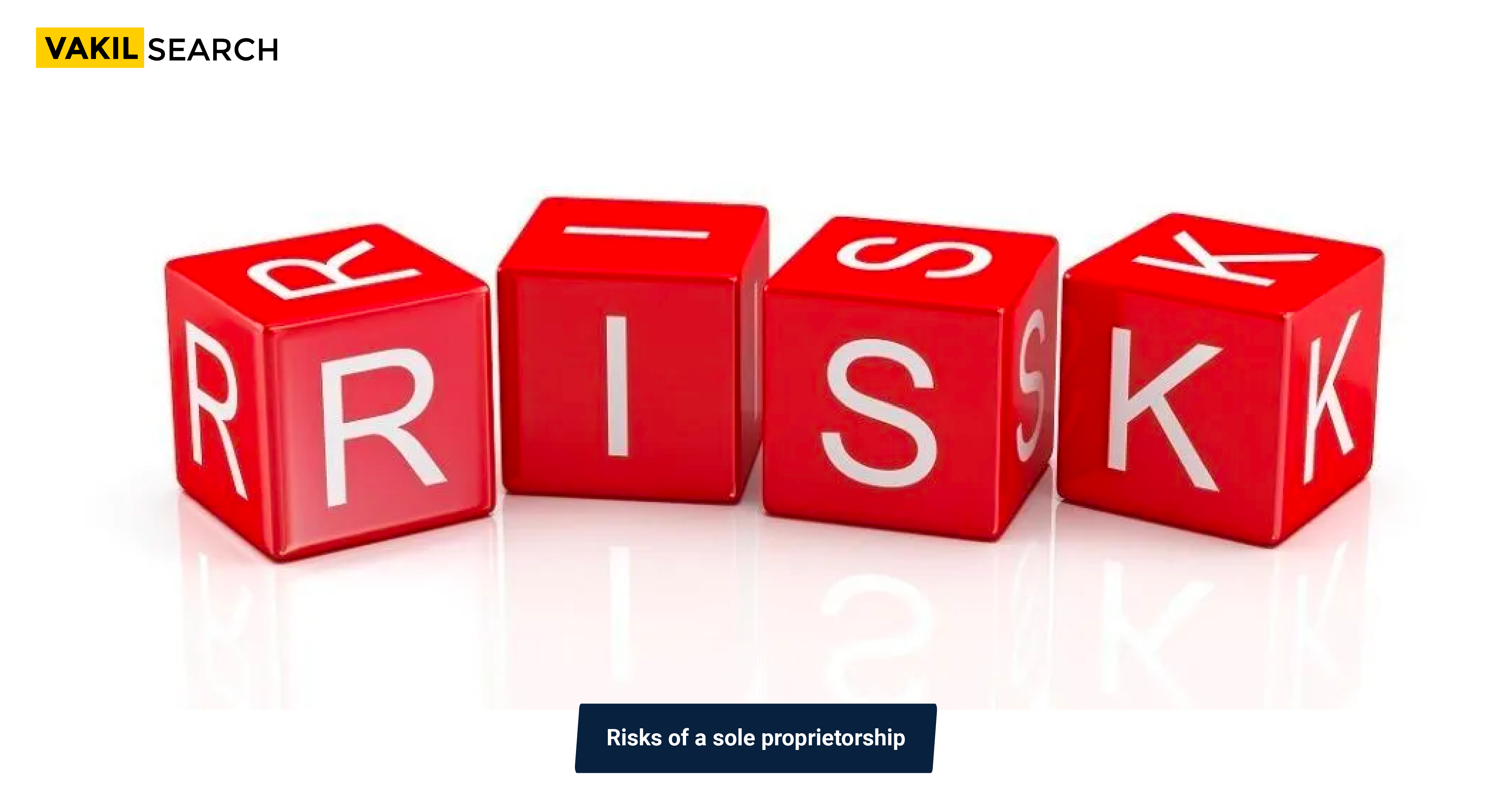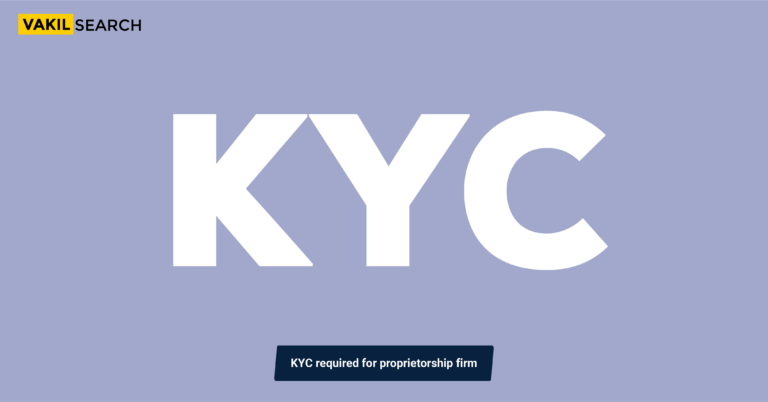Sole proprietorships are the simplest and most common business structure but carry the most risk. In a sole proprietorship, the owner is personally liable for all business debts and obligations. If the business is sued or cannot pay its bills, the owner's personal assets, such as their home, car, and savings, can be seized to satisfy the debt.
Definition of a Sole Proprietorship
A sole proprietorship is a business entity owned and operated by one individual. It is the simplest business structure to form and maintain, as it does not require any special registration or paperwork. Sole proprietors are personally responsible for all aspects of their business, including its profits, losses, debts, and liabilities.
Explanation of Its Popularity Among Small Businesses
Sole proprietorships are popular among small businesses for several reasons:
- Ease of setup and maintenance: As mentioned above, sole proprietorships are easy to form and maintain. No special registration requirements exist, and sole proprietors can operate their businesses using their name and Social Security number.
- Flexibility: Sole proprietors have complete control over their businesses. They can make decisions quickly and easily without consulting with partners or shareholders.
- Tax advantages: Sole proprietors report their business income and losses on their personal income tax returns. This can be advantageous for small businesses with low profits, as it can reduce their overall tax liability.
Preview of the Risks Associated With This Business Structure
While sole proprietorship offer a number of advantages, there are also some risks associated with this business structure:
- Personal liability: Sole proprietors are personally liable for all debts and liabilities incurred by their businesses. This means that their personal assets, such as their home and savings, could be seized to satisfy business debts.
- Lack of access to capital: It can be difficult for sole proprietors to raise capital from investors or lenders. This is because sole proprietorships are not separate legal entities, and lenders may be reluctant to lend money to businesses where the owner is personally liable for all debts.
- Limited growth potential: As sole proprietorships are owned and operated by one individual, their growth potential can be limited. This is because the owner may not have the time, resources, or expertise to manage a large business.
Overall, sole proprietorships can be a good option for small businesses with low profits and limited growth potential. However, it is important to be aware of the risks associated with this business structure, such as personal liability and limited access to capital.
Explanation of Personal Liability in a Sole Proprietorship
Personal liability in a sole proprietorship means that the owner of the business is personally responsible for all of the business’s debts and liabilities. This means that if the business cannot pay its debts, creditors can seize the owner’s personal assets, such as their home, car, and savings accounts, to satisfy the debts.
Examples of Situations Where Personal Assets Are at Risk
There are many situations where a sole proprietor’s personal assets could be at risk. For example, if a sole proprietor:
- Takes out a loan in the name of the business and then defaults on the loan.
- It is sued by a customer or employee, and the business loses the lawsuit.
- Fails to pay taxes on the business’s income.
- Is involved in an accident while driving a business vehicle.
Importance of Protecting Personal Assets
It is important for sole proprietors to protect their personal assets from business liability. There are a number of ways to do this, including:
- Purchasing business insurance: Business insurance can help protect a sole proprietor’s personal assets from liability in the event of a lawsuit or other unforeseen event. There are a variety of types of business insurance available, so it is important to choose the right coverage for your specific business.
- Incorporating or forming an LLC: Incorporating your business or forming a limited liability company (LLC) can create a separate legal entity for your business. This means that your personal assets will be protected from business liability if the business is sued or cannot pay its debts.
- Keeping business and personal finances separate: It is important to keep your business and personal finances separate. This means having separate bank accounts and credit cards for your business and personal use. It also means keeping separate records of all of your business and personal income and expenses.
By taking these steps, sole proprietors can help to protect their personal assets from business liability
Discussion of Challenges in Obtaining Financing as a Sole Proprietor
Sole proprietors often face challenges in obtaining financing from traditional lenders, such as banks. This is because sole proprietorships are not separate legal entities, and lenders may be reluctant to lend money to businesses where the owner is personally liable for all debts.
In addition, sole proprietors may have difficulty meeting the lending requirements of traditional lenders. For example, banks may require sole proprietors to have a strong personal credit history, a business plan, and collateral.
Impact on Business Growth and Operations
Limited access to capital can have a significant impact on the growth and operations of a sole proprietorship. For example, a sole proprietor may be unable to afford to:
- Purchase inventory or equipment.
- Hire new employees.
- Expand into new markets.
- Market their business.
- Whether an economic downturn.
Alternative Funding Options and Strategies
There are a number of alternative funding options and strategies available to sole proprietors. These include:
- Personal savings: Many sole proprietors use their personal savings to finance their businesses. This can be a good option for businesses with low startup costs.
- Family and friends: Some sole proprietors are able to borrow money from family and friends. This can be a good option for businesses that are not able to qualify for traditional financing.
- Business credit cards: Business credit cards can be a good way to finance short-term business expenses. However, it is important to use business credit cards responsibly and to pay off balances in full each month to avoid high-interest charges.
- Online lenders: There are a number of online lenders that offer loans to sole proprietors. These lenders typically have less stringent lending requirements than traditional banks. However, interest rates on online loans can be high.
- Government programs: There are a number of government programs that offer loans and grants to small businesses. These programs can be a good option for sole proprietors who are unable to qualify for traditional financing.
It is important to carefully consider all of the funding options available to you before choosing a financing solution for your sole proprietorship. It is also important to compare interest rates and terms from different lenders before making a decision
Overview of the Wide Range of Responsibilities in a Sole Proprietorship
As the sole owner of a business, you are responsible for all aspects of its operations. This includes:
- Marketing and sales: You need to develop and implement a marketing strategy to attract customers and generate sales.
- Product or service development: You need to create and deliver a product or service that meets the needs of your customers.
- Customer service: You need to provide excellent customer service to keep your customers coming back.
- Accounting and finance: You need to track your income and expenses and prepare financial statements.
- Operations: You need to manage the day-to-day operations of your business, such as inventory management, order fulfilment, and shipping.
- Human resources: If you have employees, you are responsible for hiring, training, and managing them.
Potential Pitfalls of Lacking Expertise in Certain Areas
If you lack expertise in certain areas, it can lead to a number of problems for your business. For example, if you don’t know how to market your business effectively, you may not be able to attract enough customers to generate sales. If you don’t have strong accounting and finance skills, you may not be able to manage your finances effectively and may end up losing money.
Strategies for Addressing Knowledge Gaps
There are a number of things you can do to address knowledge gaps in your sole proprietorship.
- Hire freelancers or contractors: If you don’t have the time or expertise to handle certain tasks, you can hire freelancers or contractors to help you. This can be a good option for tasks such as marketing, accounting, and website development.
- Take classes or workshops: There are a number of classes and workshops available to teach you the skills you need to run a successful business. You can find classes on topics such as marketing, accounting, and finance at local community colleges and online.
- Join a business organisation: Joining a business organisation can be a great way to learn from other entrepreneurs and get advice on how to run your business. There are a number of business organisations available, such as the Chamber of Commerce and the Small Business Administration.
- Read books and articles: There are many books and articles available that can teach you about the different aspects of running a business. You can find books and articles on topics such as marketing, sales, accounting, and finance at your local library or bookstore.
By taking these steps, you can address knowledge gaps in your sole proprietorship and improve your chances of success.
Difficulty Scaling
Explanation of Scaling Challenges Unique to Sole Proprietorships
Sole proprietorships face a number of unique challenges when it comes to scaling their businesses. These challenges include:
- Limited resources: Sole proprietors typically have limited financial and human resources. This can make it difficult to expand into new markets, hire new employees, and purchase new equipment.
- Lack of leverage: Sole proprietorships are not able to leverage their equity to raise capital. This can make it difficult to finance growth initiatives.
- Owner dependence: Sole proprietorships are highly dependent on the owner’s time and skills. This can make it difficult to scale the business beyond the owner’s capacity.
Examples of Businesses That Successfully Scaled Despite These Challenges
Despite the challenges, there are a number of sole proprietorships that have successfully scaled their businesses. Here are a few examples:
- Sara Blakely, founder of Spanx: Blakely started Spanx in her basement with $5,000 in savings. She sold her first pair of Spanx to a Nordstrom buyer at a trade show. Today, Spanx is a multimillion-dollar company that sells its products in over 50 countries.
- Daymond John, founder of FUBU: John started FUBU in his mother’s basement with $40. He sold his first FUBU hats at trade shows and on the streets of New York City. Today, FUBU is a global lifestyle brand that sells a variety of products, including clothing, accessories, and home goods.
- Jessica Alba, founder of The Honest Company: Alba started The Honest Company in 2011 after she had difficulty finding safe and effective products for her own children. She invested $1 million of her own money to start the company. Today, The Honest Company is a multimillion-dollar company that sells a variety of products, including diapers, wipes, and cleaning supplies.
These examples show that it is possible for sole proprietorships to scale their businesses successfully. However, it is important to be aware of the challenges and to have a plan in place to overcome them.
Practical Steps to Plan For and Execute Business Growth
Here are some practical steps that sole proprietors can take to plan for and execute business growth:
- Develop a business plan: A business plan will help you to define your business goals and strategies for achieving them. It will also help you to identify the resources you need to grow your business.
- Set realistic growth goals: Don’t try to grow your business too quickly. Start by setting small, achievable growth goals. Once you have achieved your initial goals, you can set new goals and continue to grow your business at a sustainable pace.
- Invest in your business: To grow your business, you need to invest in it. This may involve investing in marketing, new equipment, or hiring new employees.
- Delegate tasks: As your business grows, you will need to delegate tasks to others. This will free up your time so that you can focus on strategic initiatives.
- Build a team: Surround yourself with a team of talented people who can help you to grow your business.
Lack of Continuity
Discussion of How the Business’s Future Is Tied to the Owner
In a sole proprietorship, the business and the owner are one and the same. This means that the business’s future is inextricably tied to the owner’s future. If the owner becomes ill, injured, or incapacitated, the business will suffer. If the owner dies, the business will cease to exist.
Risks of Not Having a Succession Plan in Place
If a sole proprietor does not have a succession plan in place, there are a number of risks that could impact the business, including:
- Loss of continuity: If the owner is suddenly unable to run the business, there may be no one in place to take over. This could lead to disruption in operations, loss of customers, and even the closure of the business.
- Reduced valuation: A business without a succession plan is less valuable to potential buyers. This is because there is no guarantee that the business will be able to continue to operate successfully without the owner.
- Family disputes: If the owner dies without a will, it could lead to disputes among family members over ownership of the business. This could further disrupt the business and lead to its demise.
Importance of Creating a Succession Plan and Its Key Components
A succession plan is a document that outlines how a business will be transitioned to new ownership or management in the event of the owner’s death, disability, or retirement. A succession plan is important for all businesses, but it is especially important for sole proprietors.
- Identification of potential successors: The first step is to identify potential successors who are qualified to take over the business. This could be a family member, employee, or other business professional.
- Development of a transition plan: The transition plan should outline how the business will be transferred to the new owner or management. This could include a timeline for the transition, as well as a plan for training the new successor.
- Communication of the succession plan to key stakeholders: The succession plan should be communicated to key stakeholders, such as employees, customers, and suppliers. This will help to ensure a smooth transition in the event of the owner’s departure.
By creating a succession plan, sole proprietors can help to ensure the future of their businesses.
- Start early: It’s never too early to start thinking about succession planning. Don’t wait until you’re ready to retire or until something happens to you.
- Get professional help: A lawyer or accountant can help you to create a succession plan that meets your specific needs.
- Review and update your plan regularly: Your succession plan should be reviewed and updated on a regular basis to ensure that it is still accurate and meets your current needs.
Conclusion
Sole proprietorships are a popular business structure for small businesses due to their simplicity and ease of setup. However, it is important to be aware of the risks associated with this business structure, such as personal liability, limited access to capital, and difficulty scaling. Get in touch with our experts today!
Read More:










